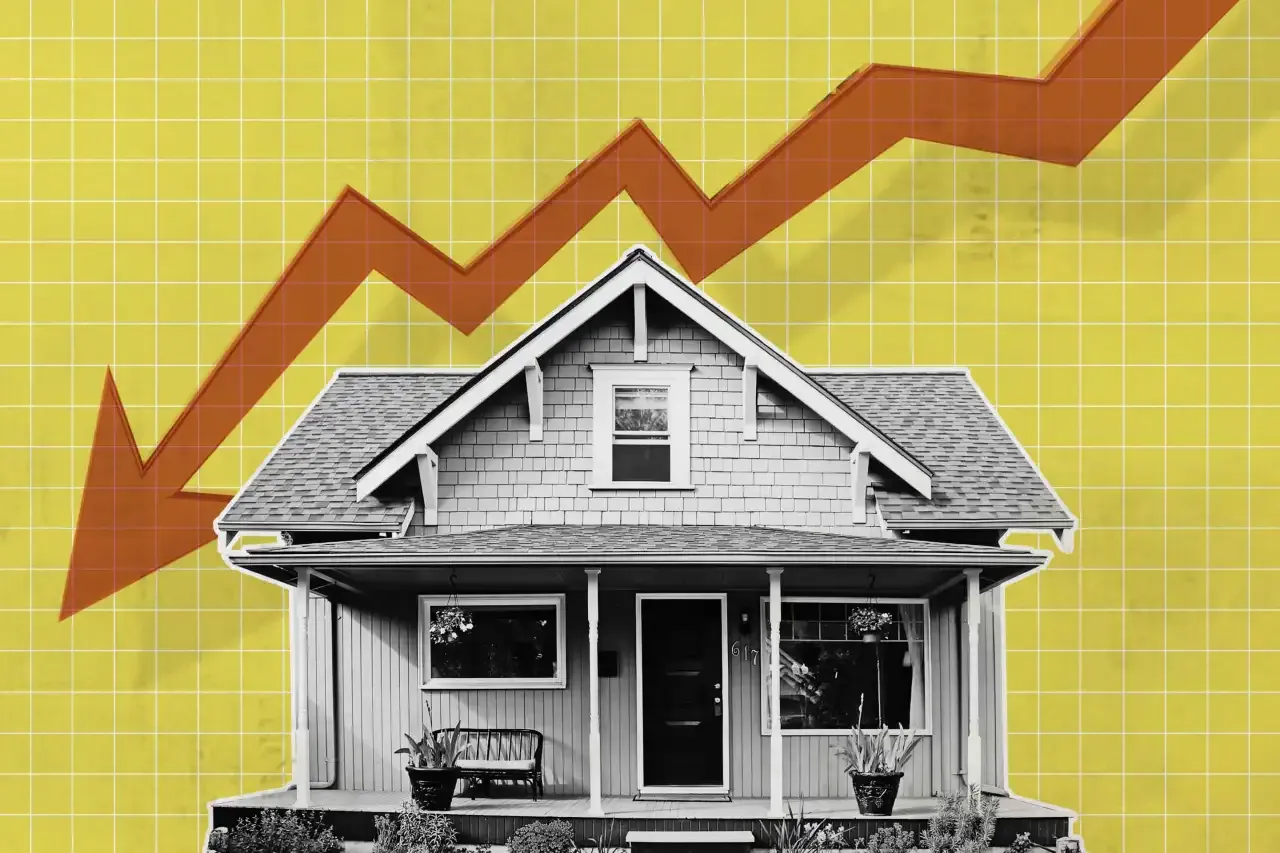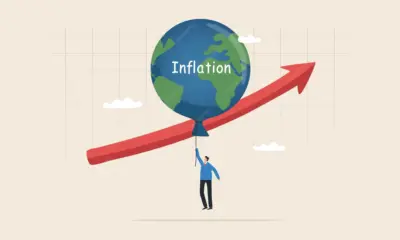Business
London Home Prices Retreat to Levels Last Seen in 2021 as Demand Weakens

Introduction
London’s housing market, long considered one of the most resilient in the world, is now showing signs of notable cooling. According to the latest data from property analysts and the UK’s Land Registry, average home prices in the capital have fallen back to levels last seen in late 2021. The decline marks the steepest correction in nearly a decade and reflects the combined effects of higher mortgage costs, reduced demand, and a broader economic slowdown.
After years of relentless price appreciation fueled by low interest rates and foreign investment, the market has entered a phase of adjustment. The Bank of England’s sustained restrictive policy stance has sharply increased borrowing costs, while subdued income growth and ongoing inflation have limited affordability for first-time buyers and homeowners alike. Estate agents report slower transaction volumes, longer selling times, and greater buyer hesitation across both prime and outer London districts.
Falling Prices and Slowing Activity
The average property price in London has fallen to approximately £516,000, down nearly 6 percent from its peak in mid-2023. While still far above the national average, the pace and breadth of the decline have surprised many market observers. Once-buoyant neighborhoods such as Camden, Hackney, and parts of Southwark have experienced price drops exceeding 8 percent year-on-year, while higher-end boroughs like Kensington and Westminster have also seen notable softening.
Estate data indicates that transaction volumes have declined by roughly 15 percent compared with the same period last year. Many sellers are now accepting offers below asking price, reversing a trend that persisted for much of the past decade. Analysts note that the cooling is not confined to any one segment of the market; both first-time buyers and luxury investors are feeling the effects of tighter credit conditions and uncertain outlooks.
Mortgage approvals provide a clear signal of the slowdown. The number of new mortgages issued in August 2025 fell to its lowest level since early 2020, with lenders citing affordability challenges as the key barrier. The average two-year fixed mortgage rate remains above 5 percent, significantly higher than the sub-2 percent rates that were common before the tightening cycle began. This jump has drastically reduced borrowing capacity for potential buyers, particularly younger households.
Impact of High Interest Rates
The Bank of England’s policy rate, held at 4 percent for six consecutive months, has reshaped the affordability landscape. As interest payments consume a greater share of household income, buyers have become more price-sensitive and cautious. For many, the difference between affordability and inaccessibility now hinges on just a few basis points in borrowing costs.
In practice, this means that even modest reductions in property prices have not yet translated into greater accessibility. While nominal values have fallen, the total cost of ownership remains elevated due to expensive financing and higher living costs. Economists point out that real affordability has actually deteriorated for many prospective buyers, especially as wage growth has lagged behind inflation in most sectors.
Landlords and investors are also feeling the pressure. Higher financing costs have eroded rental yields, prompting some to exit the market. At the same time, regulatory changes and increased maintenance costs have further dampened investor enthusiasm. These exits are increasing rental supply slightly, but rents remain historically high as demand for rental accommodation continues to exceed availability.
Regional Disparities Across the Capital
London’s housing market has always been diverse, and the current correction reflects that variation. Outer boroughs such as Barking, Croydon, and Enfield have seen the sharpest relative declines, as affordability constraints bite hardest at the lower end of the market. Central London remains more stable but is no longer immune to downward pressures, especially in areas reliant on overseas buyers.
Foreign investment, once a key driver of demand in luxury segments, has slowed markedly. A strong pound and tighter global liquidity have reduced the appeal of London real estate for international investors. Meanwhile, domestic demand has shifted toward smaller properties and rental accommodation as buyers delay purchases in hopes of more favorable conditions.
Some analysts suggest that the current downturn could restore a degree of balance to the market. The past decade’s rapid appreciation had priced many first-time buyers out of the city entirely. If prices continue to moderate and wages gradually catch up, London’s housing market could see a healthier equilibrium emerge over the next two to three years.
Developers and Construction Outlook
The correction in prices is already influencing the supply side. Developers are slowing or deferring new projects in response to weaker demand and higher financing costs. Construction starts in the capital fell by nearly 12 percent year-on-year in the second quarter of 2025, according to industry surveys.
Projects in early planning stages are being reassessed, with developers prioritizing smaller or phased developments to reduce exposure. In prime central locations, where land and construction costs are highest, several projects have been temporarily paused or restructured to align with the changing market environment.
However, some opportunities are emerging. Public-private housing partnerships and institutional investors are exploring build-to-rent projects to meet sustained rental demand. Government initiatives to encourage affordable housing and streamline planning approvals could provide modest support, though most experts agree that the sector will remain subdued until borrowing conditions ease.
Consumer Sentiment and Market Expectations
Consumer sentiment has weakened alongside property values. Surveys show that a growing share of homeowners expect prices to fall further in the coming year, reflecting both economic caution and the belief that interest rates will stay high for longer. Buyers, in turn, are negotiating more aggressively, and sellers are adjusting expectations accordingly.
For those with fixed-rate mortgages nearing expiry, the shift to higher rates is proving painful. Many households face monthly payment increases of several hundred pounds as they refinance. This has contributed to a rise in mortgage arrears and forced sales, although the rate of defaults remains low by historical standards.
Banks and lenders are carefully monitoring this trend but remain well-capitalized, suggesting that systemic risk remains contained. Financial institutions have strengthened stress testing since the 2008 crisis, allowing for better management of potential market volatility.
Conclusion
London’s housing market is undergoing a long-awaited correction after years of exceptional growth. Prices have fallen to levels last seen in 2021, and demand continues to weaken under the weight of high borrowing costs and subdued economic momentum. While the downturn is posing challenges for homeowners, developers, and investors, it also offers a potential reset for affordability in one of the world’s most expensive cities.
The path forward will depend largely on monetary policy and macroeconomic stability. Should inflation continue to ease and the Bank of England begin to lower rates in 2026, market conditions could gradually improve. For now, however, London’s housing landscape remains one of caution and recalibration. Buyers are waiting, sellers are adjusting, and the city is entering a new chapter defined not by rapid appreciation but by the search for balance in a changed financial environment.



















